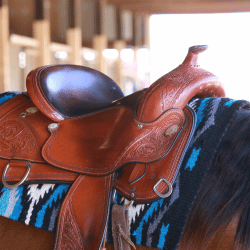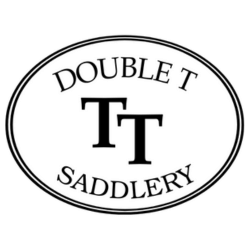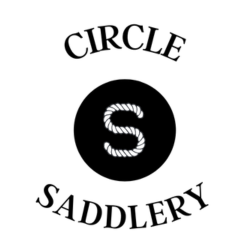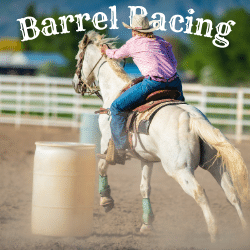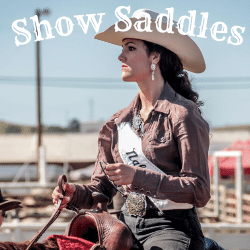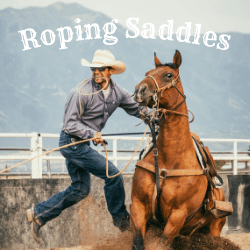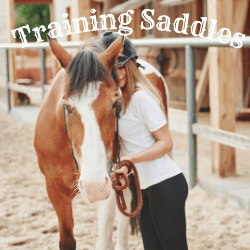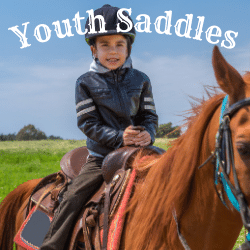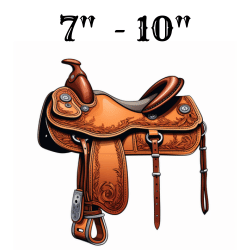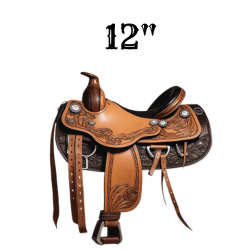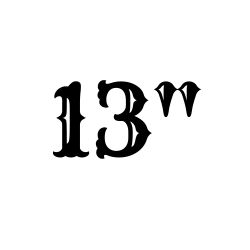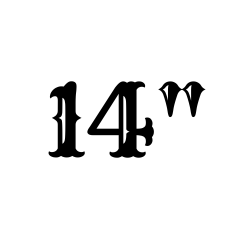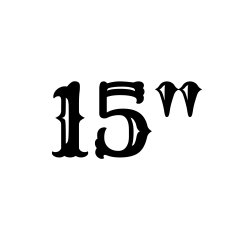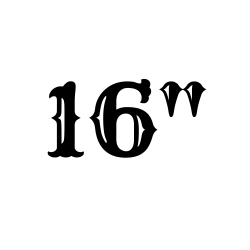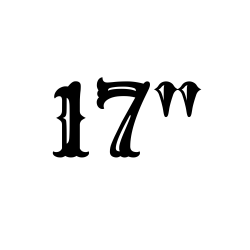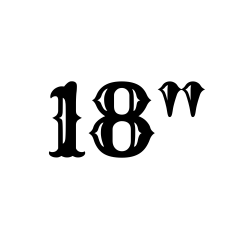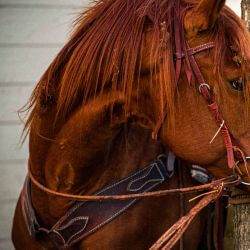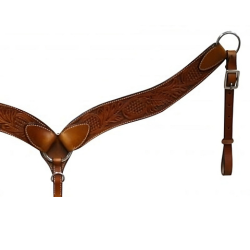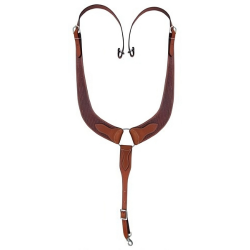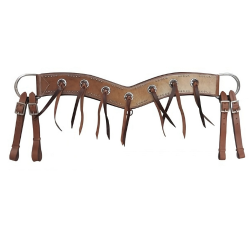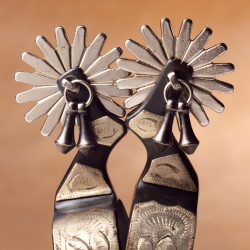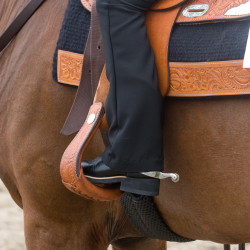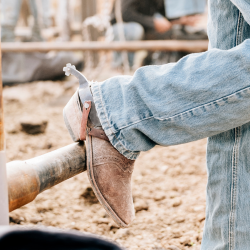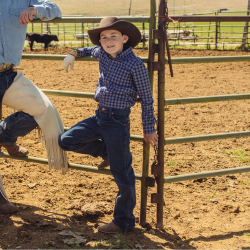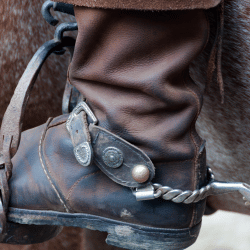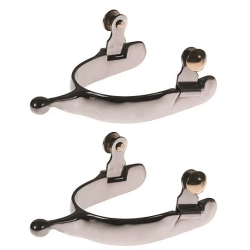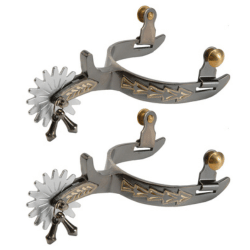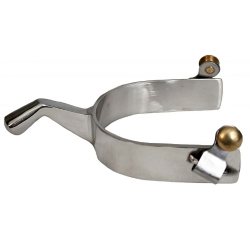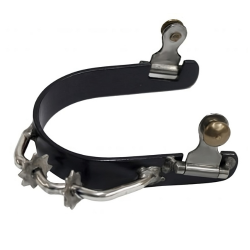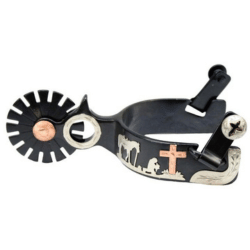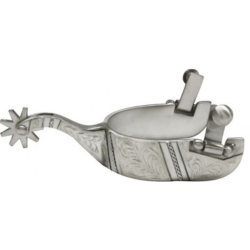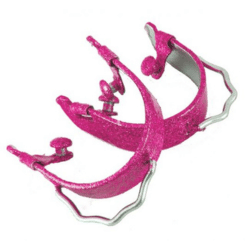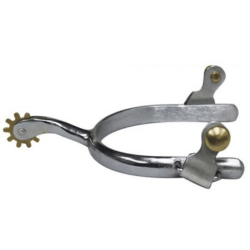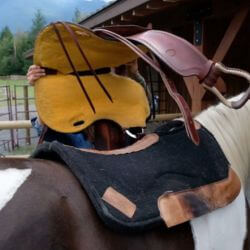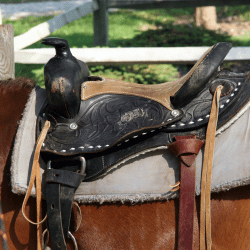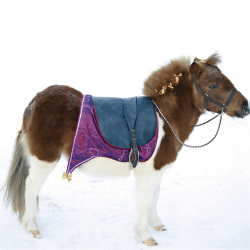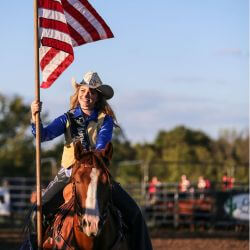Welcome to our blog post on how to put on a breast collar for horses. A breast collar is an essential piece of equipment that plays a crucial role in ensuring the safety and comfort of your horse during various activities such as riding, driving, or working. In this post, we will guide you through the process of properly putting on a breast collar and provide valuable tips to avoid common mistakes. Whether you are a beginner or an experienced horse owner, understanding the importance of a breast collar and knowing how to use it correctly will greatly benefit both you and your equine companion. So let's dive in and learn the proper techniques for putting on a breast collar for horses.
Introduction: Understanding the Importance of a Breast Collar
A breast collar is a crucial piece of equipment for horses that serves multiple purposes. It is a strap-like harness worn around the horse's chest, connecting the saddle or harness to the girth. Understanding the importance of a breast collar will help you appreciate its value and use it effectively.
Enhancing Stability and Balance
One of the primary functions of a breast collar is to enhance stability and balance during various activities. When properly fitted and adjusted, it helps prevent the saddle or harness from sliding backward, especially during fast movements, jumps, or steep inclines. This added stability ensures a safer and more comfortable riding or driving experience for both you and your horse.
Distributing Pressure and Weight
A breast collar plays a vital role in distributing pressure and weight evenly across the horse's chest. It helps reduce the strain on the horse's shoulders and back, particularly when pulling loads or engaging in tasks that require significant physical exertion. By distributing the weight more evenly, a breast collar can help prevent discomfort, muscle fatigue, and potential injuries.
Preventing Harness Slippage
For horses that are involved in driving activities, a breast collar is essential for preventing harness slippage. As the horse pulls the vehicle, the breast collar helps keep the harness securely in place, preventing it from sliding backward or becoming tangled. This ensures that the horse can work efficiently and safely without the risk of equipment malfunction.
Providing Control and Guidance
A properly fitted breast collar also provides additional control and guidance to the rider or driver. It helps keep the saddle or harness centered, preventing it from shifting to one side. This increased control allows for more precise cues and aids, facilitating better communication between you and your horse. It is particularly beneficial during activities that require quick turns, tight maneuvers, or when riding over uneven terrain.
Adding Decorative and Personal Touch
Aside from its functional benefits, a breast collar can also add a decorative and personal touch to your horse's appearance. With various designs, materials, and colors available, you can choose a breast collar that matches your horse's tack or reflects your own style and preferences. Just remember that while aesthetics are important, the primary focus should always be on the proper fit, function, and safety of the breast collar.
Understanding the importance of a breast collar is essential for any horse owner or rider. By recognizing its role in enhancing stability, distributing pressure, preventing harness slippage, providing control, and adding a personal touch, you can ensure that you use this equipment effectively and prioritize your horse's comfort and safety. In the following sections, we will explore the different parts of a breast collar, learn how to adjust it properly, and discover the step-by-step process of putting it on.
Identifying the Parts of a Breast Collar
To properly understand how to put on a breast collar for horses, it is important to familiarize yourself with its various components. A breast collar typically consists of three main parts: the breast strap, the girth strap, and the neck strap. Let's take a closer look at each of these components:
The Breast Strap
The breast strap is the central piece of the breast collar that rests on the horse's chest. It is typically made of leather or synthetic materials and is designed to distribute pressure evenly across the horse's chest. The breast strap is adjustable and should be snug but not too tight, allowing for comfortable movement without restricting the horse's breathing or shoulder mobility.
The Girth Strap
The girth strap is the lower portion of the breast collar that connects to the girth or cinch of the saddle. It is responsible for securing the breast collar in place and preventing it from sliding backward during movement. The girth strap is adjustable and should be fastened securely, ensuring that it is snug without causing discomfort or restricting the horse's movement.
The Neck Strap
The neck strap is the uppermost portion of the breast collar that encircles the horse's neck, just behind the withers. It helps provide additional stability and prevents the breast collar from slipping to the side. The neck strap is adjustable and should be snug enough to keep the breast collar in place but not so tight that it restricts the horse's neck movement or causes discomfort.
By understanding the different parts of a breast collar, you can better visualize how they work together to provide stability, distribute pressure, and ensure the proper fit for your horse. In the next section, we will explore how to adjust each part of the breast collar correctly to ensure optimal comfort and functionality.
How to Properly Adjust a Breast Collar
Properly adjusting a breast collar is crucial to ensure a comfortable and secure fit for your horse. In this section, we will guide you through the step-by-step process of adjusting each part of the breast collar, including the breast strap, the girth strap, and the neck strap.
Adjusting the Breast Strap
- Start by loosening the breast strap to its maximum length.
- Place the breast strap on the horse's chest, ensuring that it rests just above the point of the shoulder.
- Gradually tighten the breast strap, making sure it is snug but not overly tight. You should be able to fit a hand between the strap and the horse's chest without excessive space.
- Check that the breast strap does not restrict the horse's breathing or shoulder movement. It should allow for comfortable expansion of the chest and free range of motion.
Adjusting the Girth Strap
- Loosen the girth strap to its maximum length.
- Attach the girth strap to the girth or cinch of the saddle, ensuring that it is centered and securely fastened.
- Gradually tighten the girth strap, making sure it is snug but not too tight. It should provide enough support to prevent the breast collar from sliding backward.
- Check that the girth strap does not constrict the horse's movement or cause discomfort. The horse should be able to move freely without any restrictions.
Adjusting the Neck Strap
- Loosen the neck strap to its maximum length.
- Place the neck strap behind the horse's withers, just below the base of the mane.
- Gradually tighten the neck strap, ensuring that it is snug but not overly tight. It should prevent the breast collar from shifting to the side.
- Check that the neck strap does not restrict the horse's neck movement or cause discomfort. The horse should be able to bend and turn its neck naturally.
Remember, proper adjustment of the breast collar is essential for the horse's comfort and safety. Regularly check the fit of the breast collar before and during your riding or driving sessions to ensure that it remains properly adjusted. In the next section, we will provide a detailed step-by-step guide on how to put on a breast collar, incorporating the adjustments we just discussed.
Step-by-Step Guide to Putting on a Breast Collar
Putting on a breast collar for horses requires proper technique and attention to detail. In this section, we will provide you with a step-by-step guide to help you put on a breast collar correctly.
Step 1: Positioning the Breast Collar
- Ensure that your horse is calm and properly groomed before starting.
- Stand on the left side of your horse and hold the breast collar in your left hand.
- With your right hand, gently guide the breast collar over the horse's head, making sure it is positioned correctly on the chest.
- Slide the breast strap and the girth strap underneath the horse's belly, positioning them for easy attachment.
Step 2: Attaching the Girth Strap
- Take the girth strap and guide it through the girth or cinch of the saddle from the near side.
- Pull the girth strap through the cinch and buckle it securely on the off side of the horse.
- Ensure that the girth strap is centered and properly aligned with the breast collar.
Step 3: Connecting the Neck Strap
- Take the neck strap and bring it around the horse's neck, just behind the withers.
- Securely fasten the neck strap, ensuring that it is snug but not too tight.
- Double-check that the neck strap is positioned correctly and does not restrict the horse's neck movement.
Step 4: Final Adjustments
- Check the fit of the breast collar and make any necessary adjustments.
- Ensure that the breast strap is snug but not overly tight, allowing for comfortable breathing and shoulder movement.
- Verify that the girth strap is securely fastened, preventing the breast collar from sliding backward.
- Confirm that the neck strap is snug enough to keep the breast collar in place without restricting neck movement.
By following these step-by-step instructions, you will be able to put on a breast collar for your horse correctly. Remember to regularly check the fit and adjustments of the breast collar during your riding or driving sessions to ensure optimal comfort and functionality. In the next section, we will discuss common mistakes to avoid when using a breast collar.
Common Mistakes to Avoid When Using a Breast Collar
While using a breast collar for horses can greatly enhance safety and comfort, it is important to be aware of common mistakes that can compromise its effectiveness. By avoiding these mistakes, you can ensure that your horse's breast collar is utilized correctly and provides the intended benefits. Let's explore some common mistakes to avoid when using a breast collar:
Incorrect Positioning
One of the most common mistakes is improperly positioning the breast collar. It is essential to ensure that the breast collar sits correctly on the horse's chest, just above the point of the shoulder. Placing it too high or too low can interfere with the horse's movement and cause discomfort. Always double-check the placement before securing the breast collar.
Too Loose or Too Tight Adjustments
Another mistake to avoid is improper adjustment of the breast collar. Adjusting the breast strap, girth strap, and neck strap too loosely can result in the breast collar shifting or sliding backward, rendering it ineffective. On the other hand, adjusting them too tightly can restrict the horse's movement, impede breathing, and cause discomfort. Take the time to find the right balance and ensure a snug but comfortable fit.
Neglecting Regular Maintenance
A common oversight is neglecting regular maintenance of the breast collar. Over time, the straps may stretch, hardware may wear down, or stitching may weaken. It is crucial to inspect the breast collar regularly for any signs of damage or wear and tear. Replace worn-out parts or repair any issues promptly to maintain the safety and functionality of the breast collar.
Using an Ill-Fitting Breast Collar
Using a breast collar that does not fit properly is a significant mistake. An ill-fitting breast collar can cause discomfort, restrict movement, and potentially lead to injuries. It is essential to ensure that the breast collar is the appropriate size for your horse and that it is adjustable to accommodate variations in the horse's body shape.
Overlooking Horse's Comfort and Behavior
Lastly, overlooking your horse's comfort and behavior while using a breast collar can be a mistake. Pay attention to any signs of discomfort, such as rubbing or chafing, excessive sweating, or behavioral changes. Adjust the breast collar accordingly and seek professional guidance if necessary. Additionally, monitor your horse's behavior during activities to ensure that the breast collar is not causing any distress or affecting their performance.
By avoiding these common mistakes and taking the necessary precautions, you can maximize the benefits of using a breast collar for your horse. Remember to prioritize your horse's comfort, regularly inspect and maintain the breast collar, and seek professional assistance if needed. In the next section, we will conclude our comprehensive guide on how to put on a breast collar for horses.

